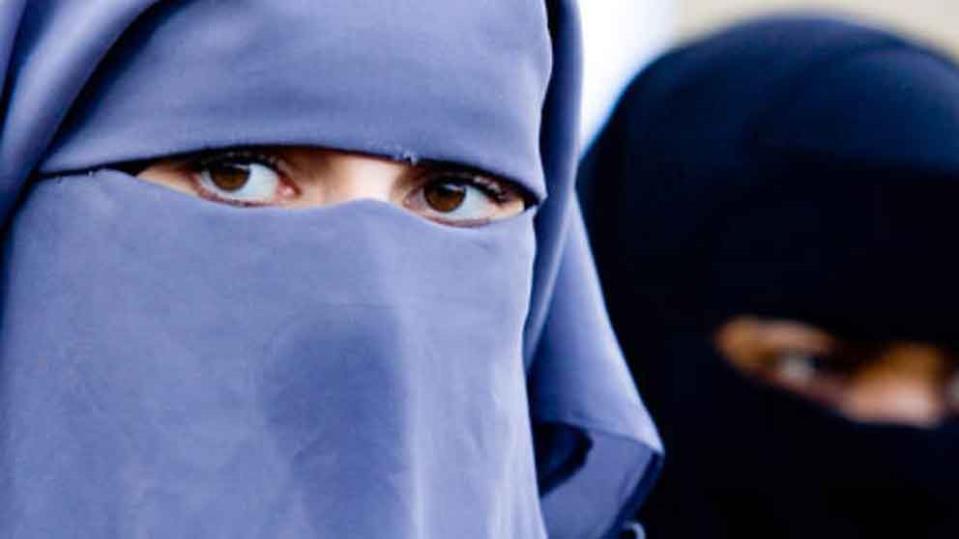Muslim women in Malta are still facing discrimination by employers who do not allow the Hijab to be worn at workplaces. Even in cases where the woman in question has the necessary qualifications and experience for the job, it seems employers are still hesitant about offering positions based on the fact that they wear headscarves.
The Hijab is a headscarf and does not cover the face as the Niqab and Burqa do.
In comments to this newspaper, Simone Palmier, a Maltese woman and a practicing Muslim, confirmed that despite numerous calls by the Muslim community in Malta, a number of women still find it very difficult to find employment where wearing a Hijab is accepted.
On the other hand, the individual might decided to turn down a job offer if taking off the veil is set as a working condition. Others, however, cannot afford to turn down jobs, and have no option but to take it off during work hours. “I’ve heard women say they take the hijab off for work with the hope that God understands why they have to do it,” Simone says. “Most employers will not admit to being against it, because it is illegal to discriminate based on religious beliefs, and at face value many interviewers claim they have no problem with the potential employee wearing the hijab.
“However, when it comes to being chosen for the job, it’s a different story,” she says.
Religious symbols
“Unless the hijab distracts the wearer from carrying out their work duties, I see no difference between that, and wearing a cross. Up until a few years ago, we had a large number of nuns teaching at schools or working as nurses.”
The issue can’t be generalized. It is good to note that there are some employers who are acceptant of the attire, said Mrs Palmier.
Moving towards a more acceptant society
The Muslim community in Malta has repeatedly called on the government to start allowing the hijab to be worn by government workers. In that manner, authorities would be setting the right example. “The more it becomes evident in society, the more acceptant society becomes,” Mrs Palmier says.
In 2013, Imam Mohammed Elsadi said that more women would join the workforce if the government issued a directive clarifying that hijabs could be worn at work. The request was made after two Muslim women working in non-medical jobs in Malta’s health sector were forced to remove the attire.
No ban on Hijabs in schools
In schools, younger women face less discrimination. Most secondary and post-secondary schools have no objection for students wearing the attire, however sources told this newspaper that some head of schools argued that it is not part of the uniform, and some students were made to remove their headscarves. It seems that whether or not students are allowed to wear the hijab is ultimately a decision taken by the headmaster, however, a spokesperson for the ministry of education said that there should be no ban for the hijab in state schools
A report published by the European Network Against Racism in 2013 confirmed that Muslim women who choose to wear the hijab continue to face problems accessing employment in Malta. The report estimates that there are 6,000 Muslims residing on the Maltese islands.

(This women is wearing a niqab - different than the hijab referred to in the article. Explanation below)
Worth Noting
· A hijab is a scarf that covers the head and neck, but leaves the face uncovered – it is representative of the principle of modesty required by the Qur’an. Muslim women are required to observe wearing the Hijab in front of any man they could theoretically marry.
· The niqab is a veil for the face that leaves the area around the eyes clear. It is most common in the Arab countries of the Persian Gulf such as Saudi Arabia, Yemen, Bahrain, Kuwait, Qatar, Oman, and the UAE. It is also common in Pakistan.
· The burqa is the most concealing of all Islamic veils - it covers the entire face and body, leaving just a mesh screen to see through. It is worn over the usual daily clothing and removed when the woman returns to the household, out of the view of men that are not their husbands, fathers, brothers, uncles, sons and grandsons.
· Other coverings include the Chador,Al-Amira, Kimar and Shayla.